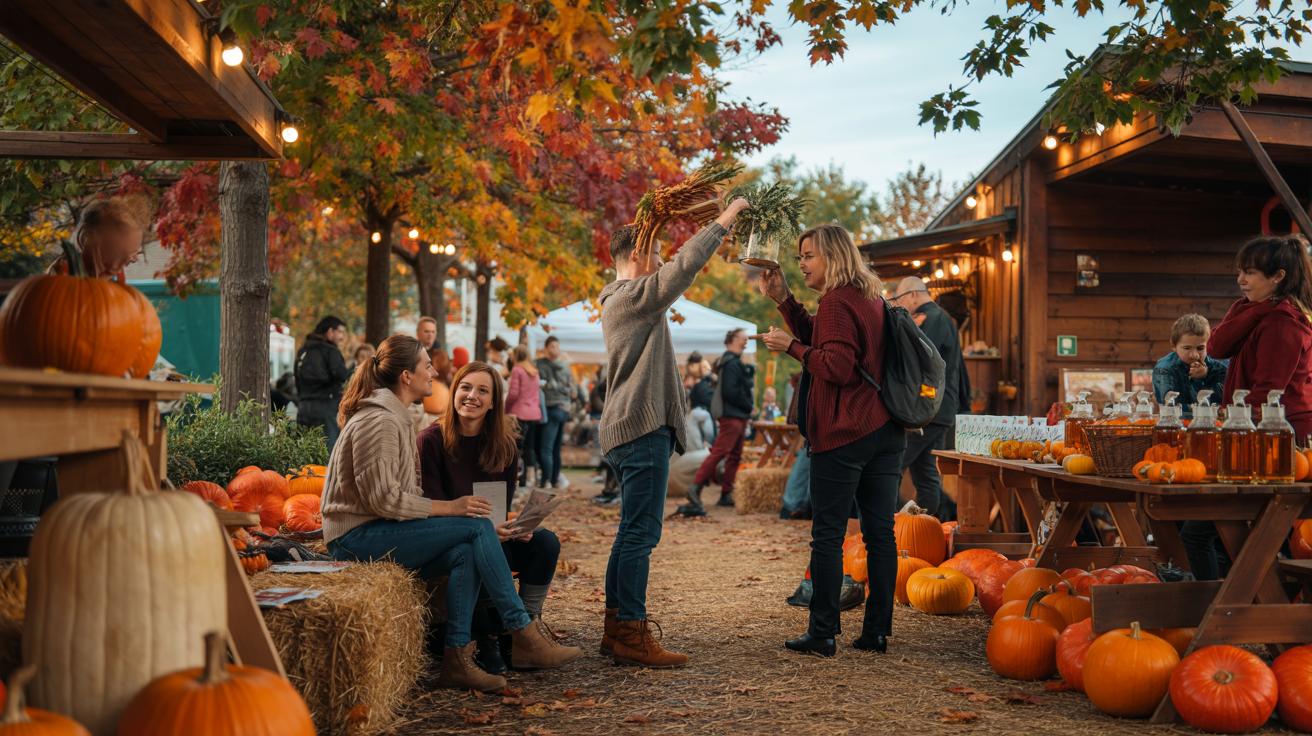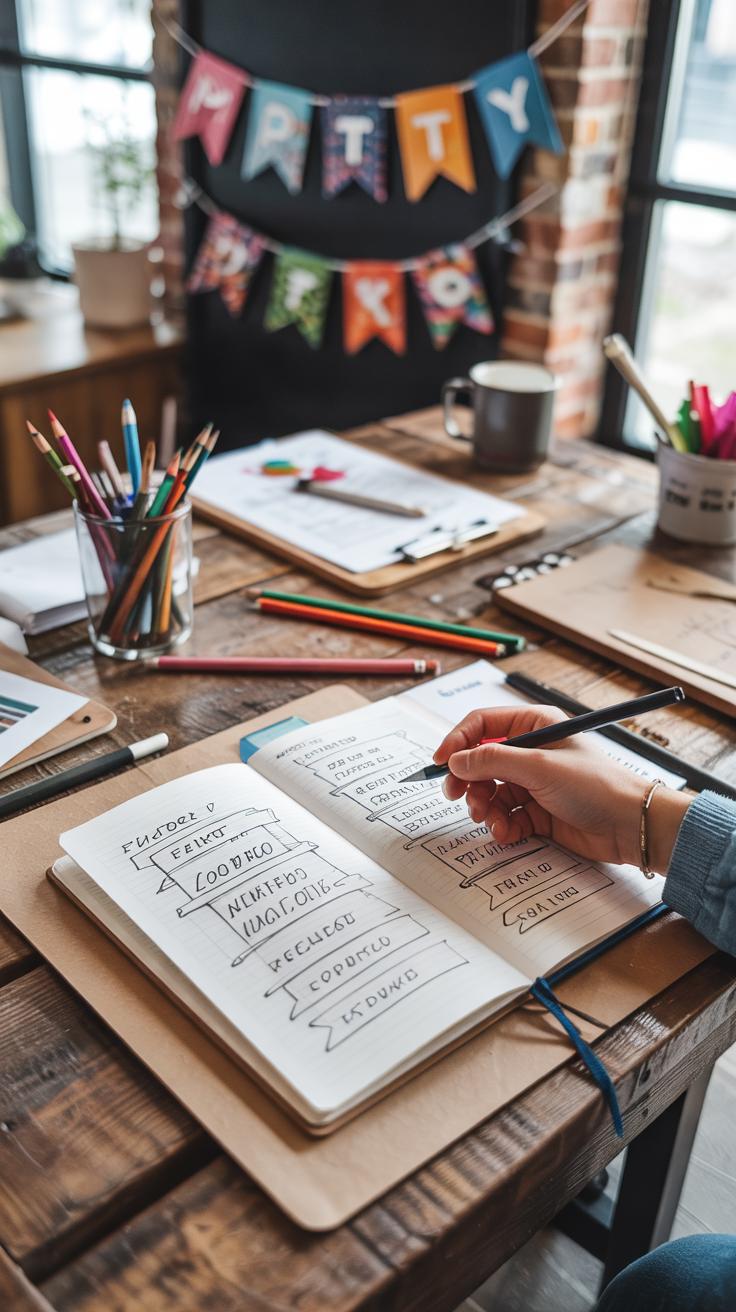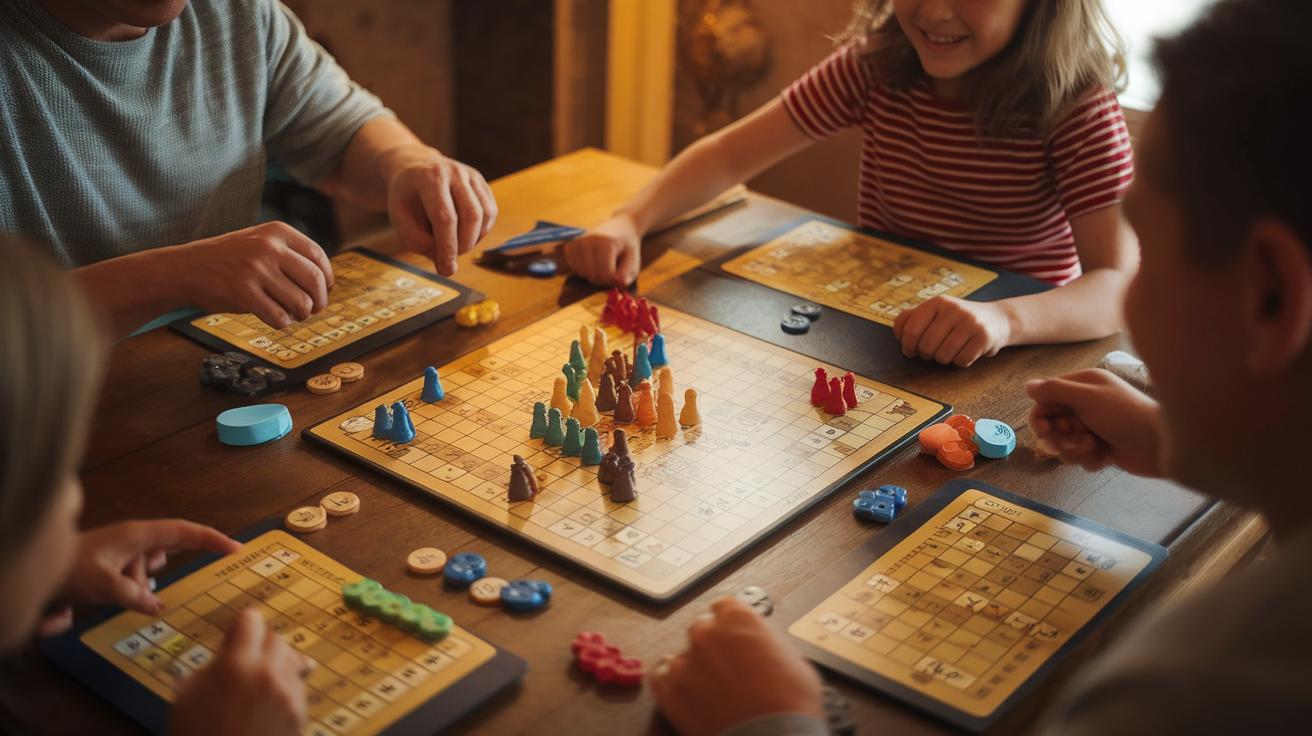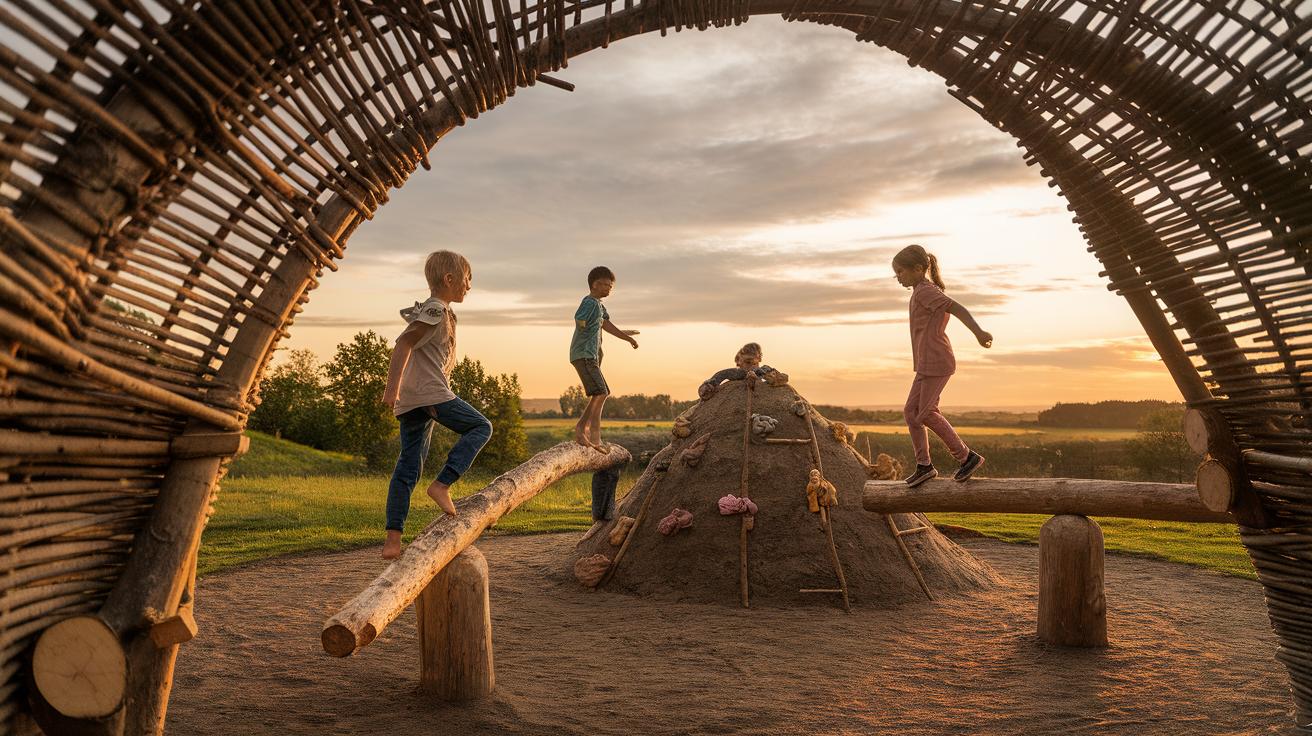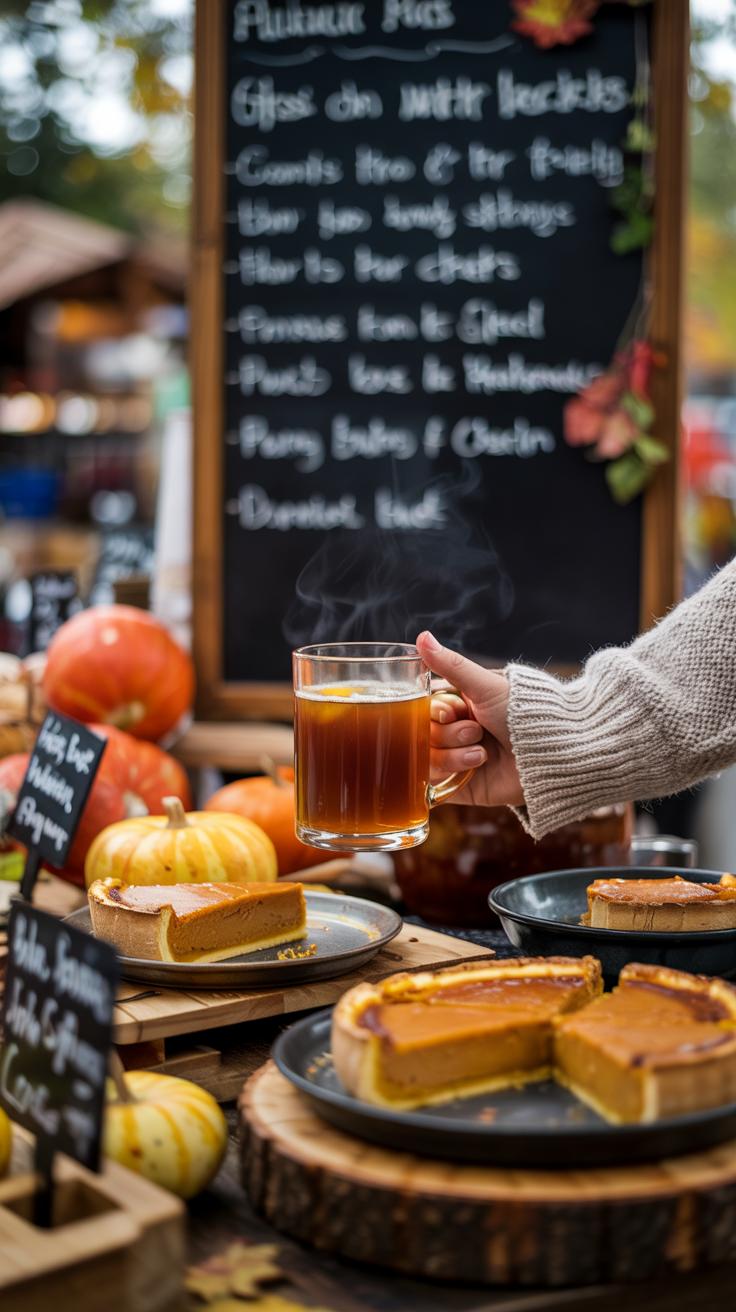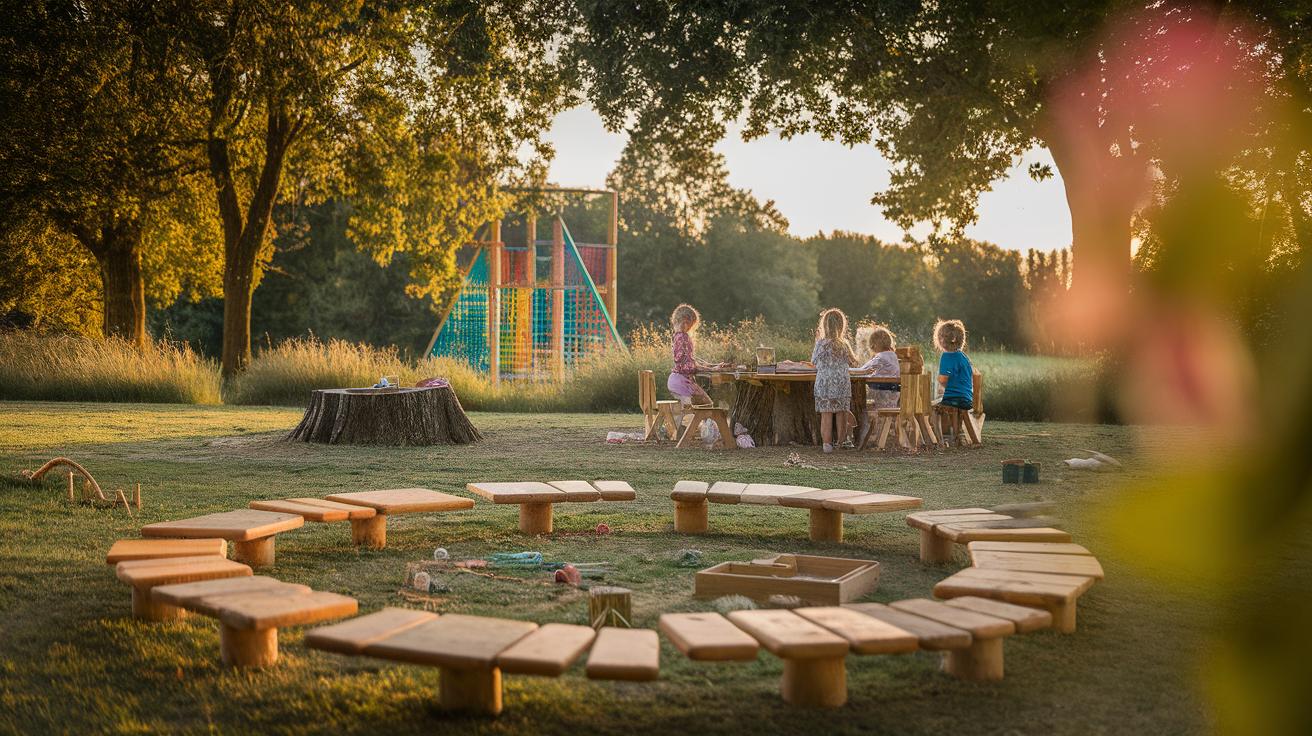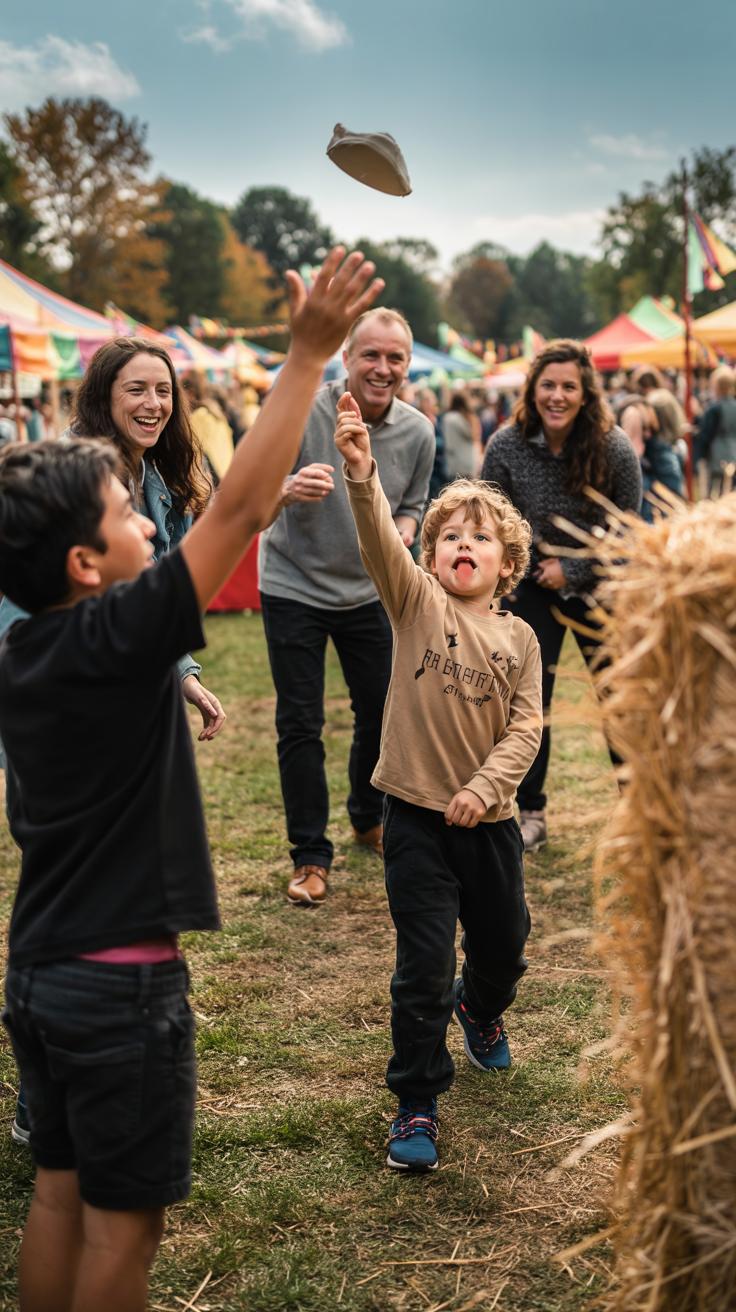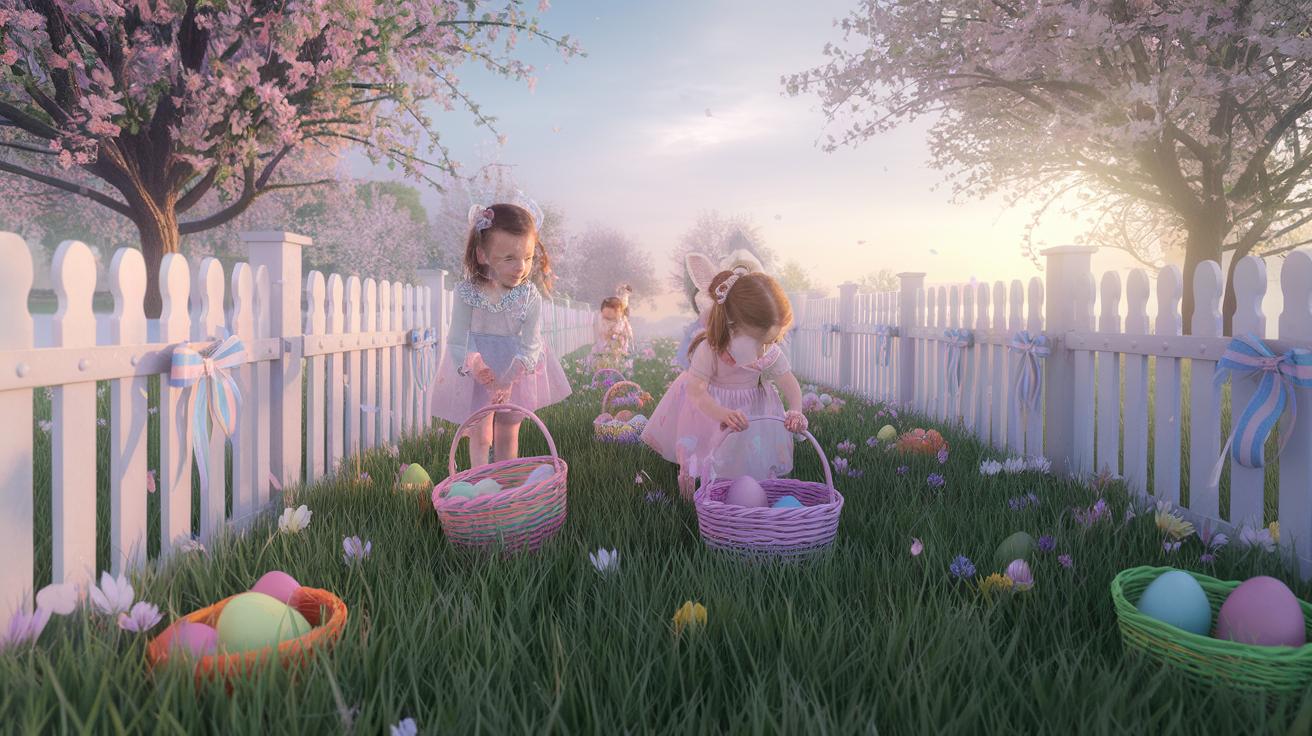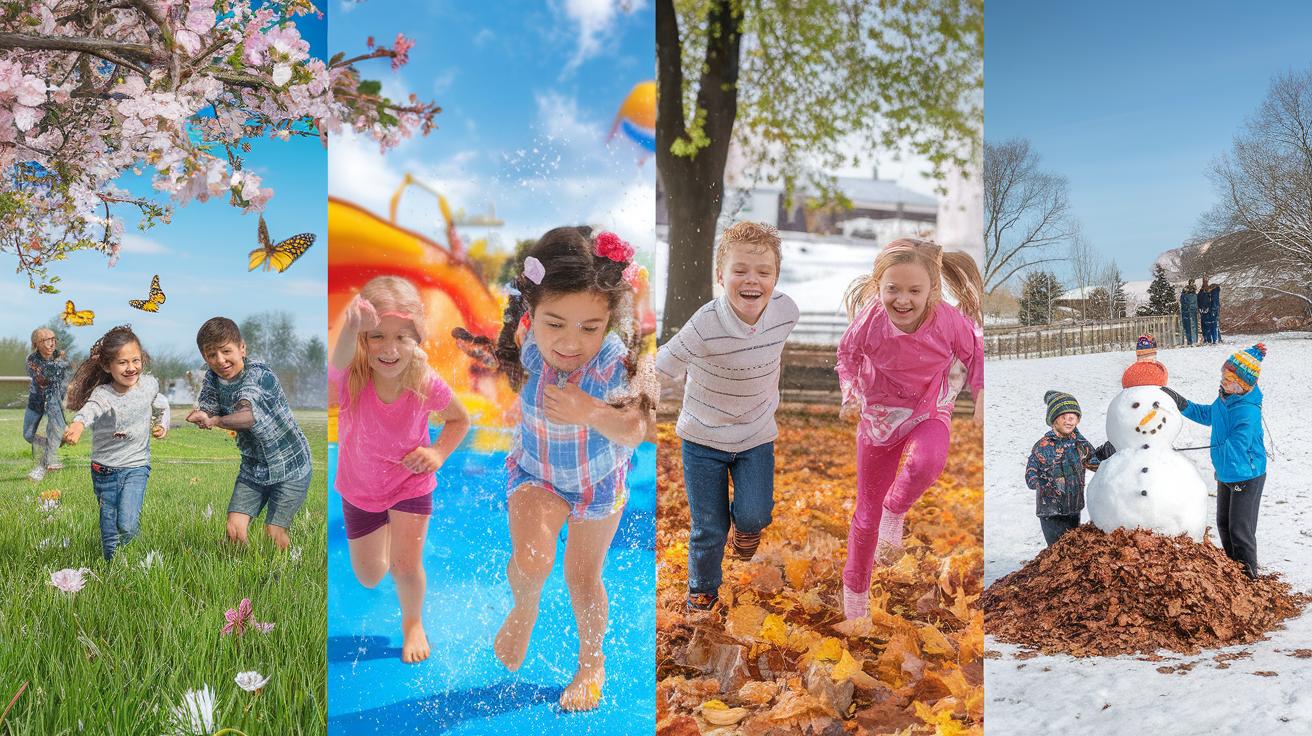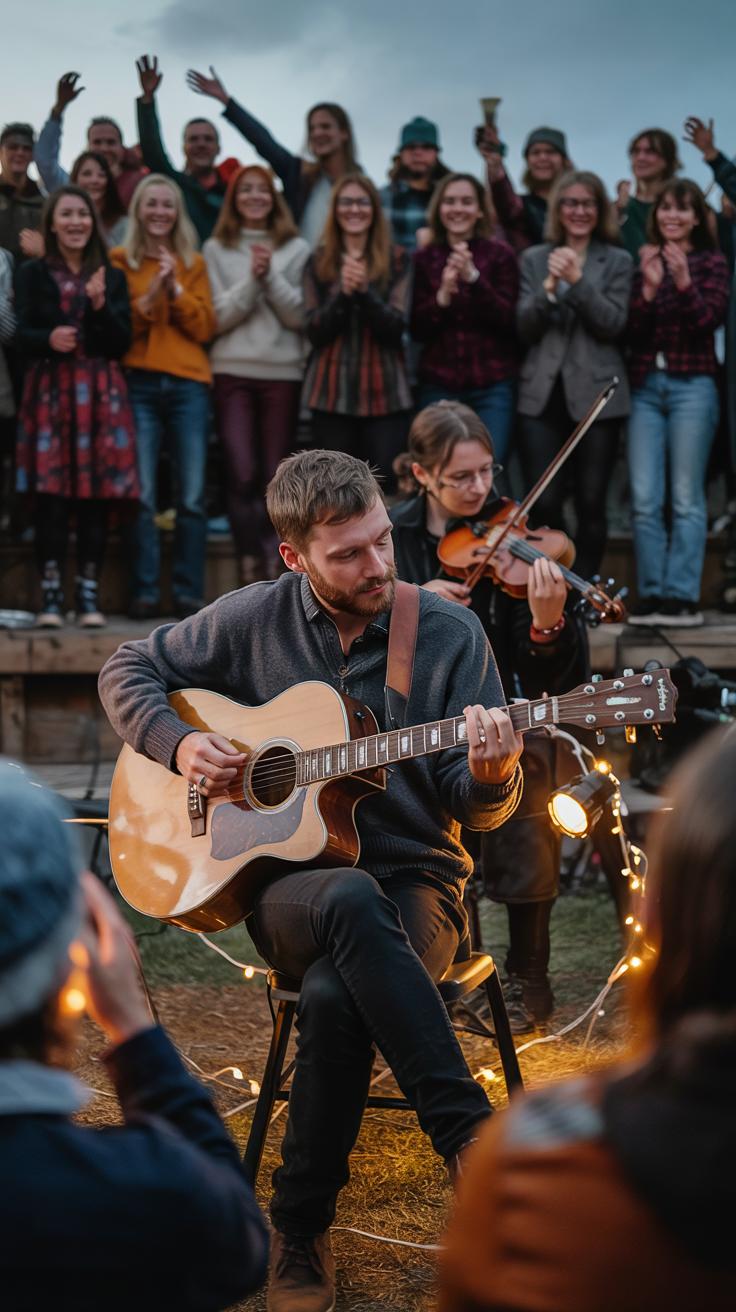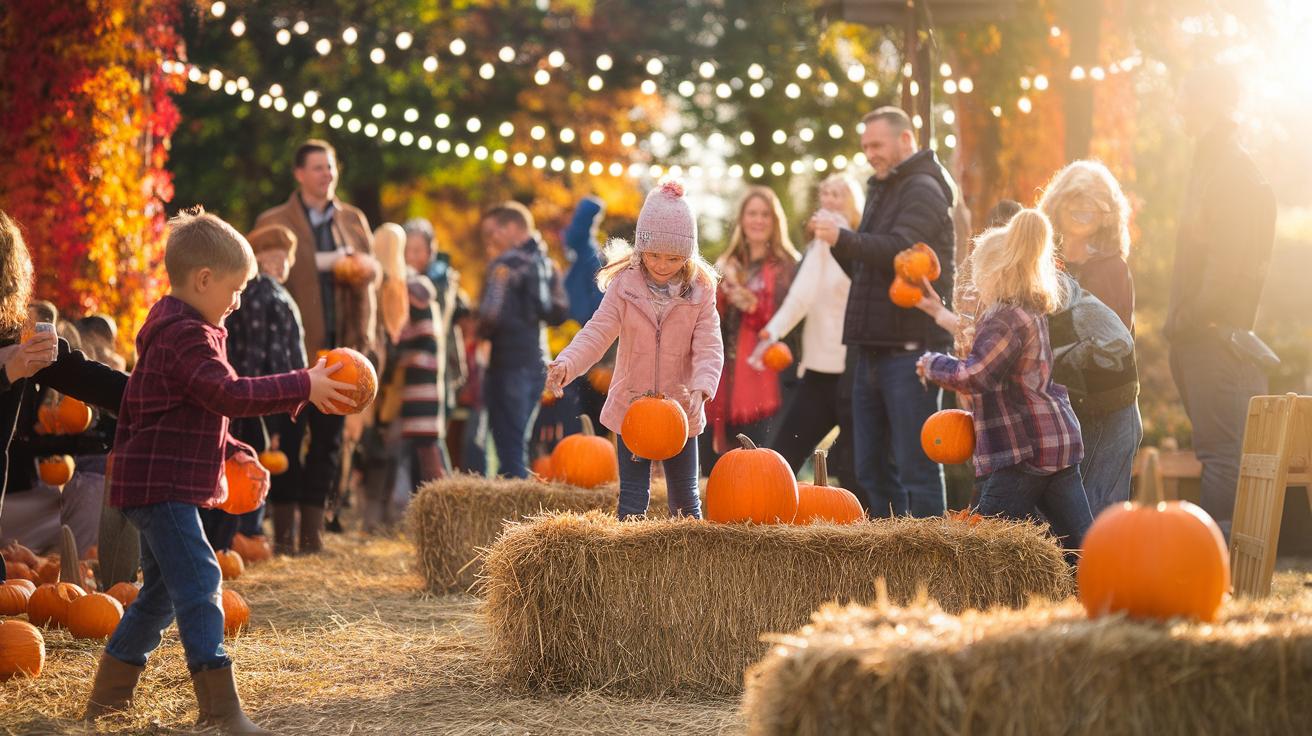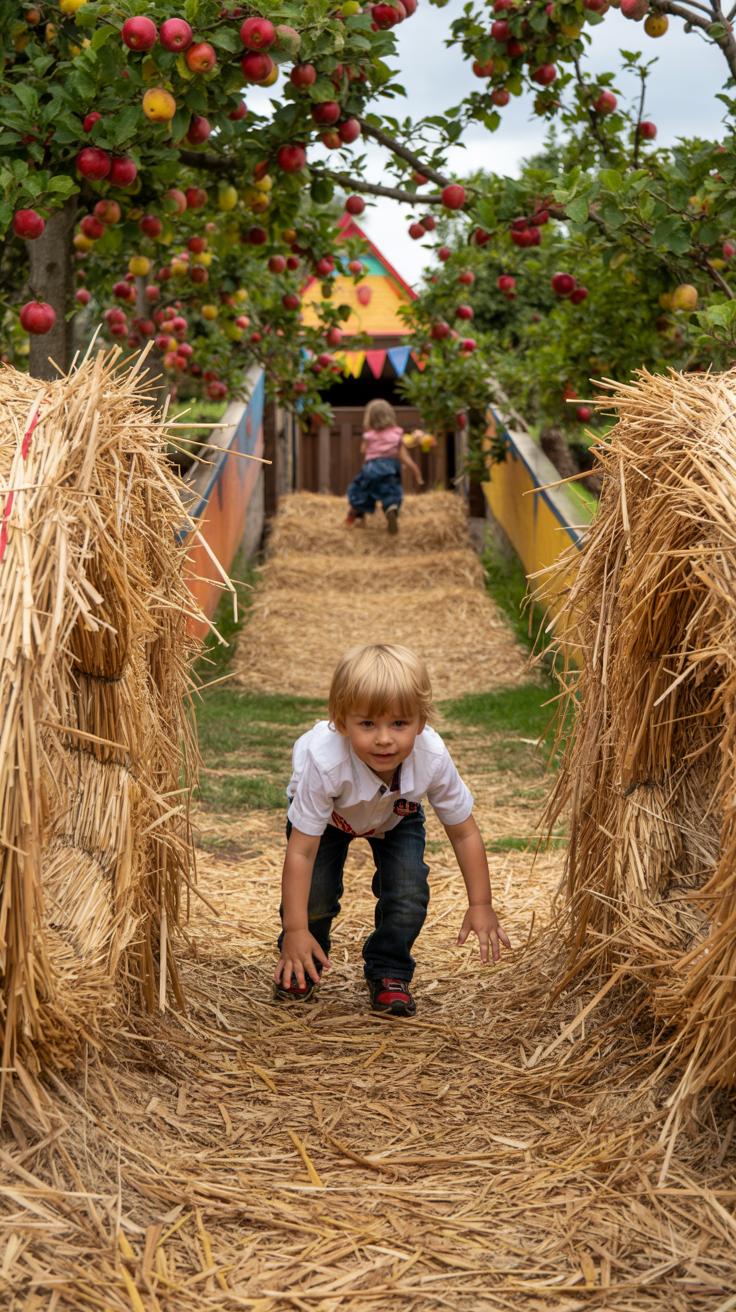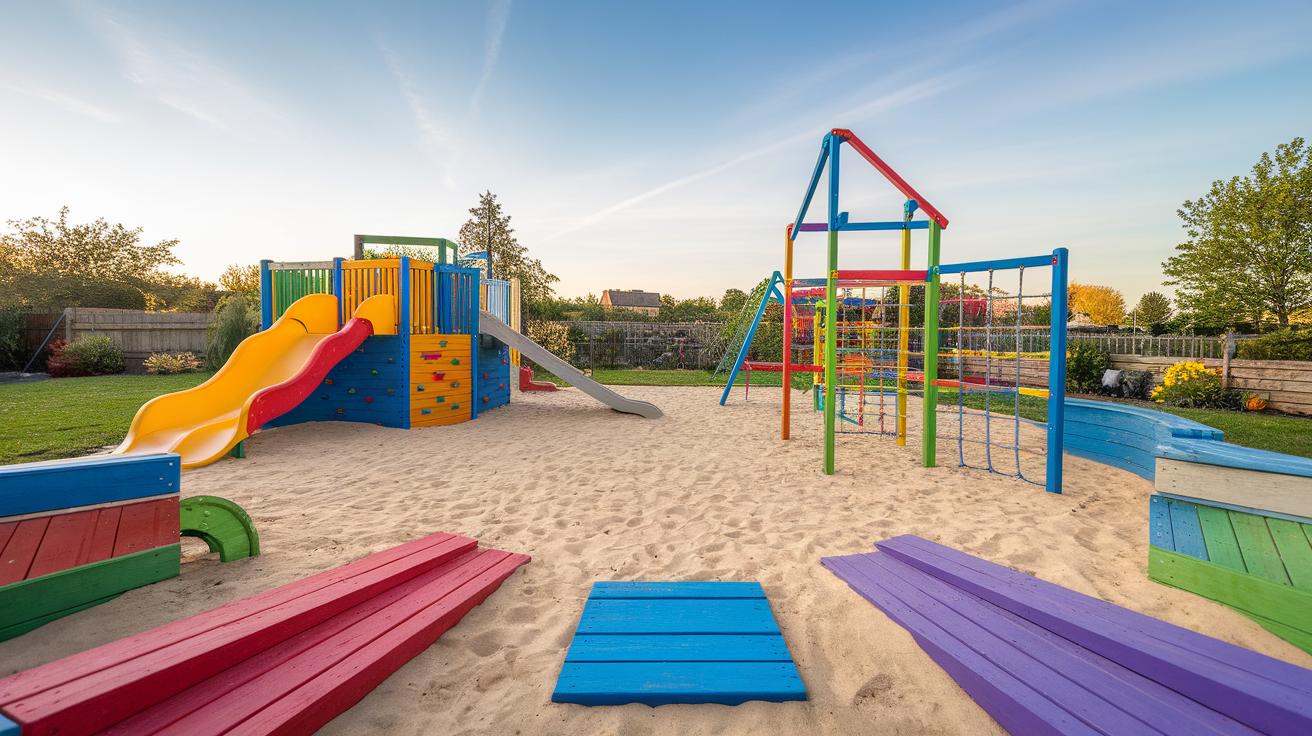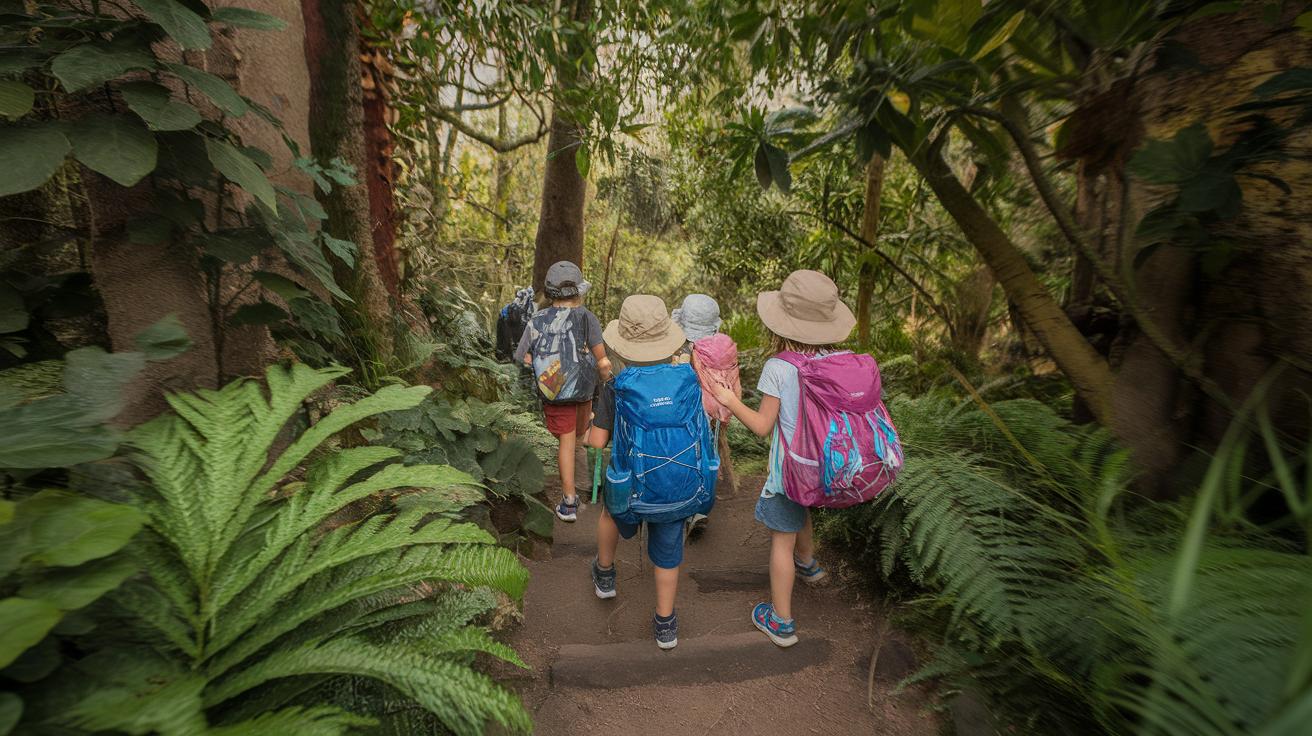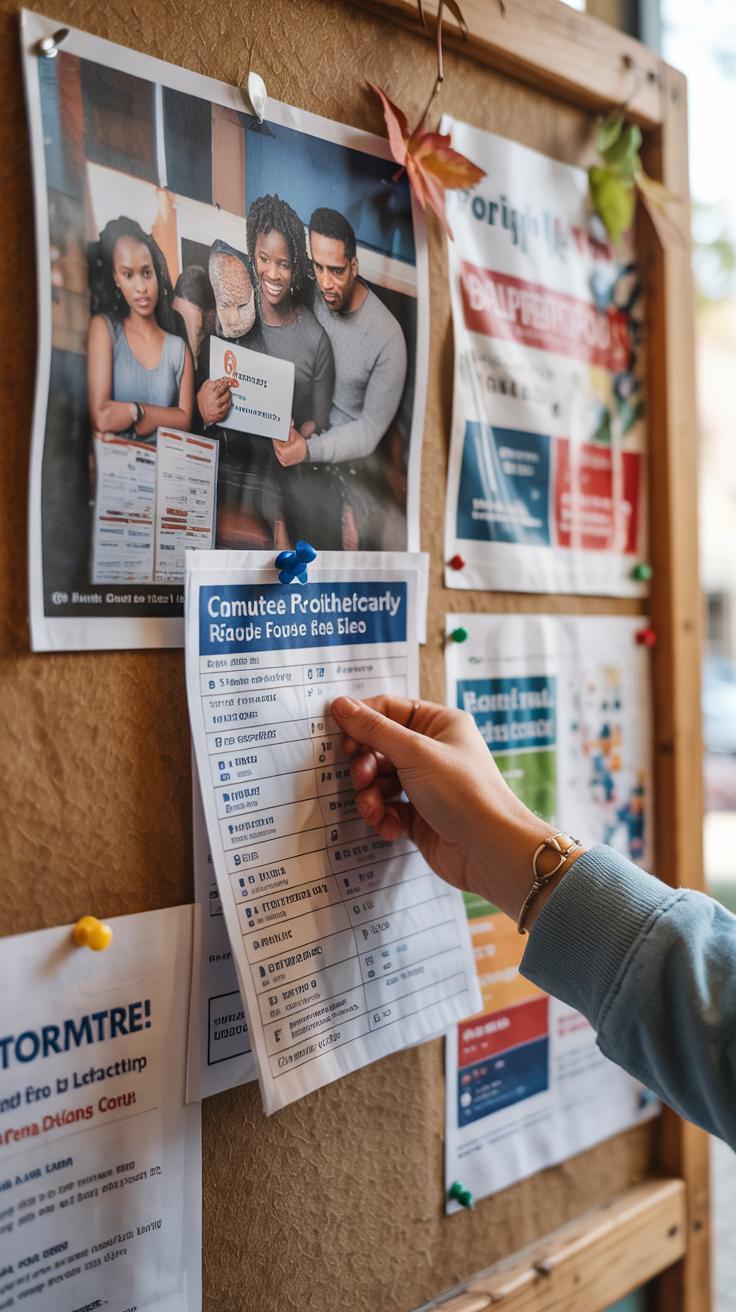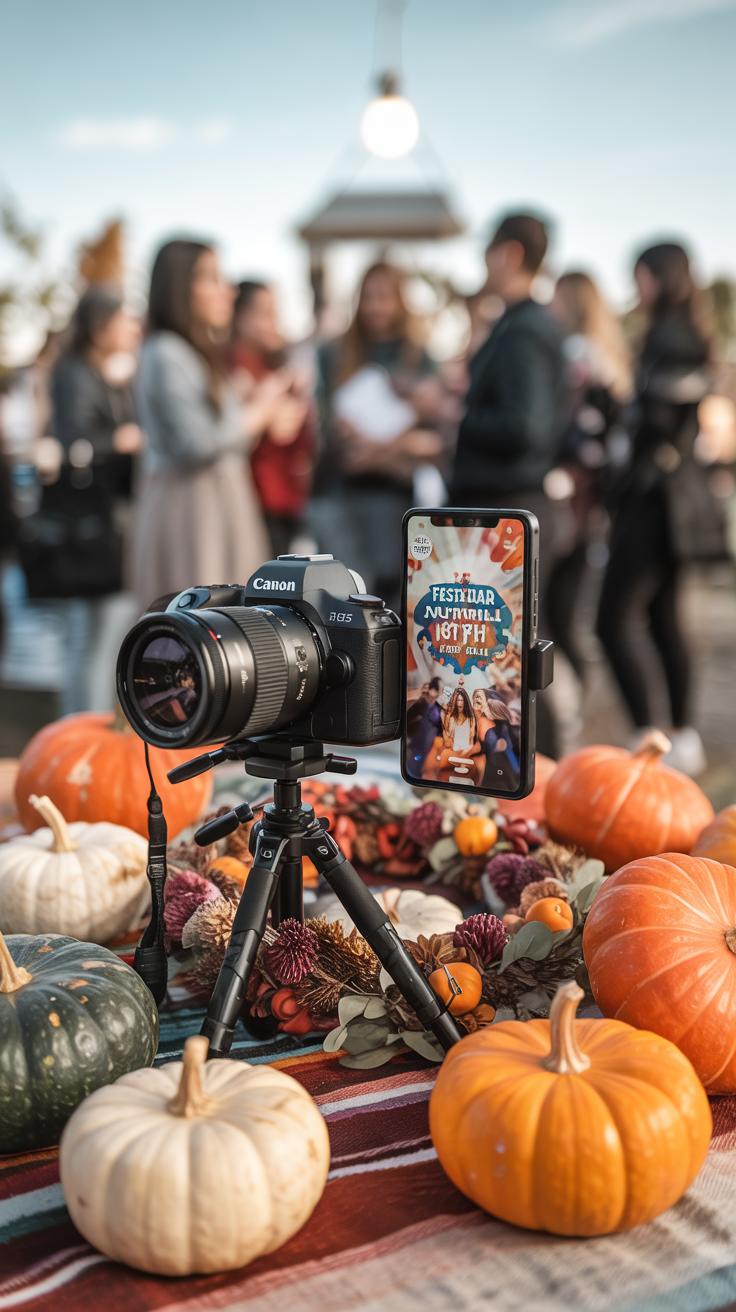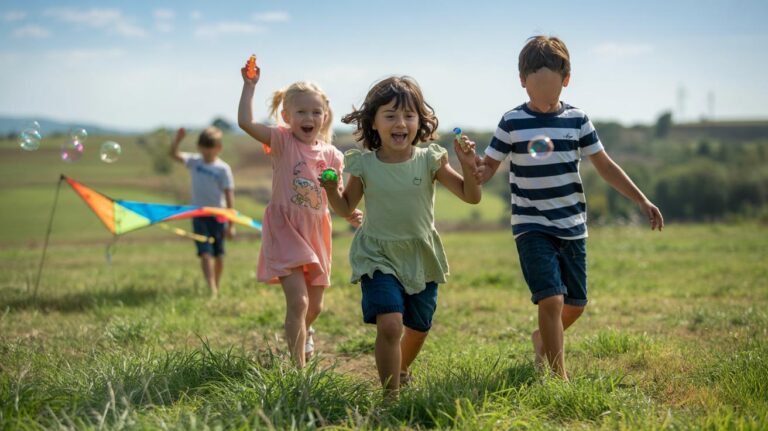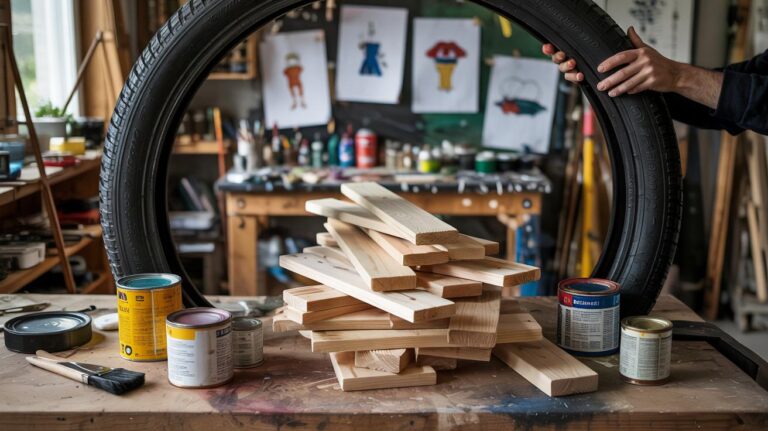Introduction
Fall is an ideal time to gather your community and celebrate the season with events that bring everyone together. Creating a fall festival offers a chance to enjoy the crisp air, colorful leaves, and seasonal treats. These events can serve many purposes, from fostering local pride to supporting community groups and businesses. Planning a festival that excites and involves your neighbors can make your community stronger and more connected.
You might wonder how to design a festival that stands out and appeals to all ages. The key is to present creative, enjoyable, and interactive activities. This article outlines practical ideas to organize a fall festival with diverse attractions. From food booths to games and cultural performances, every aspect can bring joy and engagement. Let’s look at ways to craft an event that your community will remember and cherish.
Planning Your Fall Festival
Setting clear goals helps guide every decision for your fall festival. Ask yourself what you want the event to achieve. Is it to bring neighbors together? Raise funds for a local cause? Or showcase community talents? Defining this purpose keeps your plans focused and meaningful. Clear goals also help measure success after the event.
Choosing the right venue impacts attendance and experience. Look for a space accessible to most of your community, with enough room for activities, vendors, and parking. Consider local parks, school grounds, or community centers. Think about weather backup plans if your event is outdoors.
Assemble a planning team with people who bring different skills. You might want someone with event experience, a community leader, and volunteers who enjoy hands-on work. Assign clear roles early, so everyone knows their responsibilities.
Budget your festival by listing all expected expenses. Include costs for permits, insurance, equipment rentals, marketing, and entertainment. Plan for unexpected costs by adding a buffer. Schedule your timeline backward from the festival day to keep tasks on track. Apply for permits early to avoid last-minute issues.
Setting Clear Goals
Goals shape the festival’s direction and keep your team aligned. Decide what success looks like for you. Do you want to increase local participation? Raise money for a specific project? Support small businesses? Setting specific goals helps clarify priorities.
Think about how your goals affect the event’s size and activities. A community-building festival might focus on family games and workshops. Fundraisers might include ticket sales and auctions. Check with your team—what do they hope to accomplish?
Organizing Logistics
Start by selecting a venue that matches your festival’s purpose and expected crowd size. List each task needed to run the event, then create a timeline with deadlines. For example, book vendors three months ahead. Plan promotions to start six weeks before the festival.
Divide tasks among your team members. Assign someone to coordinate vendors, another to handle marketing, and another for setup and teardown. Regular check-ins keep everyone accountable. What challenges might come up, and who will solve them?
Incorporating Food And Drink
Food and drink bring people together, especially during a fall festival. Offering a range of fall-themed options keeps everyone happy and eager to try something new. Think about including booths run by local groups like schools, churches, or farming co-ops. This encourages community involvement and variety.
Popular fall treats such as caramel apples, roasted corn, and pumpkin pies always draw a crowd. You might also offer warm drinks like apple cider or spiced hot chocolate. Consider adding fried foods like pumpkin fritters or sweet potato fries to give your menu a crispy twist. Seasonal beverages like maple lattes or chai teas invite visitors to experience fall flavors in liquid form.
How can you turn simple food stalls into memorable experiences? Try contests like best-decorated booth or unusual recipe competitions. This not only spices up your festival’s food scene but encourages neighbors to get creative while sharing their favorite fall flavors.
Classic Fall Foods
Traditional fall foods connect people with the season and each other. Favorites like pumpkin pie, roasted marshmallows, and warm apple cider provide comfort and warmth. These items appeal because they are familiar and tied to nostalgic memories of autumn.
Pumpkin-based treats stand out due to their sweet, spicy flavors. Roasted corn on the cob offers a hearty option, especially with a touch of butter and salt. Donuts and caramel apples satisfy those craving sugar, while chili or stew gives a savory balance. These foods often evoke a feeling of community, making them perfect for festival settings.
Have you noticed attendees returning year after year for the same flavors? This loyalty shows how classic fall foods create a special connection that you can build on when planning your festival menu.
Creative Culinary Ideas
Adding creative food options makes your fall festival unforgettable. Instead of just offering pumpkin pie, why not pumpkin-flavored popcorn or samosas? You can surprise visitors with unique spins on familiar tastes. Think maple-glazed bacon on a stick or sweet potato nachos with spicy toppings.
Introduce savory-fried items like fried sage leaves or apple-stuffed fritters. These offer a crunchy, unexpected treat that extends beyond typical fall fare. For beverages, experiment with non-alcoholic options like rosemary-infused apple soda or a cinnamon-spiced mocktail served in mason jars.
Working with local chefs or food trucks can bring exciting new ideas to your festival’s menu. What will you add to make your food scene stand out while still honoring the flavors of fall?
Designing Engaging Activities
Creating a variety of activities at your fall festival helps everyone find something fun to do. Think about mixing physical challenges, creative crafts, and learning opportunities to engage all age groups. Kids enjoy running games and quick races, while adults might prefer contests that test skill or knowledge. Include safe spaces where families can work together, like pumpkin decorating or scavenger hunts.
Games that bring people together often spark the most excitement. Contests encourage friendly competition and community spirit. You could set up a pie-eating contest or a hay bale toss for some lively action. Including action-based and calm activities ensures no one feels left out. Which games have brought your neighbors closer in the past?
Interactive exhibits make your festival more than just entertainment. Workshops on apple cider making or wreath crafting invite guests to learn new skills. Setting up displays about local wildlife or fall plants connects people with the environment. When visitors try something hands-on, they remember the experience longer and talk about it afterward.
Games And Contests
Games should be simple to understand and quick to join. Classic sack races, ring tosses, and pumpkin bowling work well for all ages. Set up a “guess the weight of the pumpkin” contest to spark curiosity. Pie-eating contests excite kids and adults alike. You might host a costume contest or a fall trivia quiz to add variety.
Encourage teamwork by organizing family relay races or three-legged races. Offer small prizes to motivate participation without focusing too much on winning. What new contest can you create that fits your community’s interests? Your neighbors will appreciate fresh ideas that bring everyone together with laughter and fun.
Interactive Exhibits
Interactive exhibits invite guests to learn while having fun. Small workshops teaching corn husk doll making, cider pressing, or spice blending can draw crowds. Displays about the history of your town’s harvest traditions add depth and meaning to the festival. Set up storytelling corners where elders share local legends or fall memories.
Hands-on exhibits that involve touch, taste, or smell engage visitors in unique ways. Provide materials and clear instructions to make participation easy. Consider collaborating with local artisans or farmers to staff these areas. What skills or knowledge in your community can you showcase? Interactive exhibits turn your festival into a place of discovery and connection.
Featuring Local Entertainment
Your fall festival gains energy when you include music, dance, and performances by local artists. These acts create a lively atmosphere that invites everyone to stay longer and enjoy more. Local performers bring unique styles that reflect your community’s spirit and history. They make the festival feel personal and connected.
Showcasing your neighbors’ talents also builds pride and encourages ongoing support for local arts. When families and friends see familiar faces on stage, they feel closer to the event. This connection often boosts attendance and volunteer involvement in future festivals.
Think about involving schools, community centers, and local art groups. Offer open invitations to performers of different ages and backgrounds. The variety keeps the audience interested and demonstrates the rich diversity of your neighborhood.
Music And Dance Acts
Booking local bands and dance groups is a straightforward way to add excitement. Music can range from folk and country to indie or jazz, depending on your community’s tastes. Dance performances could include traditional, hip-hop, or cultural styles.
Invite groups who perform regularly at community events or are just starting out. Their fresh energy often attracts different audience members. You might find a school band eager for stage experience or a dance troupe practicing new routines.
Schedule shorter sets throughout the day to keep the festival dynamic. Encourage these acts to interact with the crowd, making the experience more engaging. Have a clear sound system and stage area that fit your space and budget.
Talent Competitions
Organizing contests is a great way to involve your audience directly. You could host singing, dancing, or instrumental competitions open to all ages. This invites people not just to watch but to participate and celebrate their skills.
Consider having categories, such as solo, group, or even unique talents like poetry or comedy. Offer small prizes or recognition certificates to motivate participants. Public voting or a panel of local judges creates excitement and fairness.
Asking your community this way uncovers hidden talents and adds fresh entertainment that might become a festival tradition. What talent might be sitting just next door, waiting for a stage?
Creating A KidFriendly Zone
Designate a clear, safe space for children during your fall festival. This area should provide activities that match different age groups and keep kids engaged. Use bright signs and low barriers to mark the kid-friendly zone clearly.
Consider arranging simple games like sack races, mini ring toss, and pumpkin bowling to encourage active play. Set up tables with craft supplies where children can decorate leaves, pumpkins, or make fall-themed masks. These hands-on activities boost creativity and fine motor skills.
Safety matters most. Ensure the area is supervised by volunteers or staff who know first aid. Play equipment and crafts should use child-safe materials. Think about seating zones for parents to watch and rest comfortably while kids explore.
How can your festival encourage learning and fun for children at once? A well-planned kid zone answers that question and supports families in your community.
Fun Activities For Kids
Offer games like a leaf pile relay or a pumpkin seed spitting contest. These simple games require little setup and work for various ages. Craft corner favorites include making paper plate turkeys or painting small gourds. You can provide stencils for younger kids to trace shapes related to fall.
Interactive storytelling sessions can bring fall legends or local farm stories to life. These activities invite children to listen, learn, and imagine. Setting up a mini scavenger hunt with clues hidden in autumn-themed objects keeps children moving and thinking.
Ask yourself if the activities accommodate different attention spans. Rotate crafts and games every hour to keep the interest strong throughout the event.
Educational Components
Integrate simple lessons about seasonal changes, like why leaves change color or where pumpkins grow. Use hands-on models or real samples to explain these concepts. Involve local historians or elders who can share stories about your community’s fall traditions.
Set up a “history corner” with pictures and artifacts related to your area’s fall harvests or festivals. Kids can match items to their descriptions, linking history with interactive play. Invite a local farmer to explain how crops grow or how animals prepare for winter.
Consider how you can spark curiosity in nature and local heritage through your kid zone. What small touches will help children connect the fun of fall with real-world knowledge?
Promoting Community Involvement
You can strengthen your fall festival by inviting local organizations, schools, and businesses to join the effort. Collaborating with these groups increases resources and brings new ideas to the table. Start by attending neighborhood meetings or reaching out to community leaders with clear plans for the festival.
Offer each group a role that suits their strengths, such as running booths, sponsoring prizes, or providing entertainment. This shared ownership helps build lasting connections and encourages participation.
Organize meetings where everyone can share ideas and plan together. These gatherings create excitement and help set clear goals. How can you make the festival appealing to different groups? Try asking for their input early and publicly recognizing their contributions to motivate involvement.
Partnering With Local Groups
Working with local clubs, schools, and businesses can expand your festival’s reach. Shared resources like equipment, venues, and volunteers reduce costs and improve the event quality. For example, a nearby school might offer a gym for crafts or music practice.
Joint promotion helps spread the word faster. Coordinate social media posts, flyers, and announcements to build buzz. Ask business owners to display posters and offer special deals during the festival to increase attendance.
These partnerships create a network where everyone benefits. What resources does your community have that remain untapped? Finding answers could unlock valuable support for your festival.
Volunteer Engagement
Volunteers transform your event from good to great. To attract them, explain the fun and rewards of helping, such as meeting neighbors and gaining skills. Use social media, local signs, and school newsletters to recruit.
Once volunteers join, provide clear roles and schedules to keep things running smoothly. Hold a short training session before the festival so everyone understands their tasks and feels confident.
Keep volunteers motivated with small perks like snacks, thank-you notes, or certificates. Regular check-ins during the event help solve issues quickly and show you value their work.
Ask yourself what makes volunteering rewarding for your community and tailor your approach accordingly. How can you make each volunteer feel like a key part of the festival’s success?
Marketing Your Fall Festival
Marketing your fall festival requires clear, focused messaging that highlights what makes your event special. Start by defining the unique features of your festival, like local crafts, live music, or a pumpkin contest. These points should stand out in every promotion to draw attention and interest.
Use social media platforms to reach your audience where they spend time. Create eye-catching posts and short videos showcasing activities and behind-the-scenes preparations. Encourage local groups and participants to share these posts to widen your reach.
Design simple flyers with key details and place them in community centers, schools, and businesses. Contact local newspapers and radio stations to share festival news and offer interviews or event previews that can attract more visitors.
Finally, use word of mouth through your network of volunteers and collaborators. Personal recommendations build trust and often bring motivated attendees. Have volunteers spread news in their circles by sharing stories about festival highlights.
Effective Advertising
Advertising your festival doesn’t have to break the bank. Targeting different groups in your community helps you spend smarter. For families, use school newsletters or parent groups. Older adults respond well to printed flyers in libraries or community centers.
Social media ads can be low cost and highly targeted to specific neighborhoods or interests. Set a small budget for these ads and track which posts get the most engagement. Test different messages to see what works best.
Partner with local businesses for mutual promotion. They display your flyers, and you mention them in your materials. This creates a network effect, reaching more people with little extra cost.
Building Anticipation
Start building buzz early by teasing the festival’s special events and guests. Share short stories or photos of preparations on social media each week to keep your audience engaged.
Offer countdowns or surprise reveals to spark curiosity. Consider contests where followers can win free tickets or merchandise. These contests encourage sharing and spread excitement in your community.
As the day approaches, send reminders through email, social channels, and local media. Highlight changes, weather updates, or must-see activities to maintain interest until the event begins.
Ask yourself, how can you keep your community talking positively about your festival right up to and during the day of the event? Engaged neighbors become repeat visitors and enthusiastic promoters for future years.
Evaluating Success And Planning For The Future
Gathering feedback after your fall festival helps you understand what worked and what didn’t. Focus on collecting thoughts from attendees, participants, and organizers. Offer simple surveys with clear questions about their experiences. For example, you can hand out printed forms during the event or send digital surveys through email. Pay attention to both positive and negative comments. These insights reveal patterns that numbers alone might miss.
Monitor attendance changes, activity popularity, and social media reactions to measure success. Consider hosting a brief meeting with your organizing team to discuss what everyone noticed. Ask yourself: Which activities attracted the most interest? Were there any issues that caused frustration? This reflection will help you spot areas needing change and those worth repeating.
Collecting Feedback
Use multiple feedback tools to gather honest opinions. Mix quick polls, detailed questionnaires, and informal conversations. For instance, set up feedback stations with sticky notes where visitors can jot their thoughts. Online tools like Google Forms or SurveyMonkey allow easy data collection after the event. Keep questions straightforward and focused, such as “What did you enjoy most?” or “What could improve your experience?” Encourage open-ended answers to capture ideas you might not expect.
Make it clear why feedback matters. Tell participants their input shapes future festivals. This openness motivates honest, useful responses. Don’t forget to check in with volunteers and vendors. They see the event from behind the scenes and might spot challenges that visitors overlook.
Improvement Strategies
Group the feedback into categories like activities, logistics, and communication. Identify the most common points. If many mention long lines, think about how to reduce wait times next year. If attendees loved a specific game or food booth, plan to expand those offerings. Use clear goals when applying changes. For example, improving festival layout to enhance flow or adding more seating areas for comfort.
Discuss feedback with your team and involve volunteers in planning adjustments. Test new ideas on a smaller scale before a full rollout. Ask yourself: Which changes create the biggest positive impact? Which changes fit your budget and resources? Commit to sharing updates with your community to build trust. A festival that listens will grow stronger and more vibrant every year.
Conclusions
Organizing a fall festival provides an excellent opportunity to connect with your community. By including varied activities, from food to entertainment to educational workshops, you ensure there is something for everyone. Paying attention to local interests and resources helps craft an event that feels personal and inviting. The key to success lies in thoughtful planning and inviting participation from many groups.
As you plan your fall festival, consider how your ideas can promote unity and create lasting memories. Use this guide to inspire your creativity and adapt these suggestions to your community’s unique character. Whether you host a small neighborhood gathering or a large street festival, your efforts will encourage togetherness and celebrate the season in meaningful ways.

